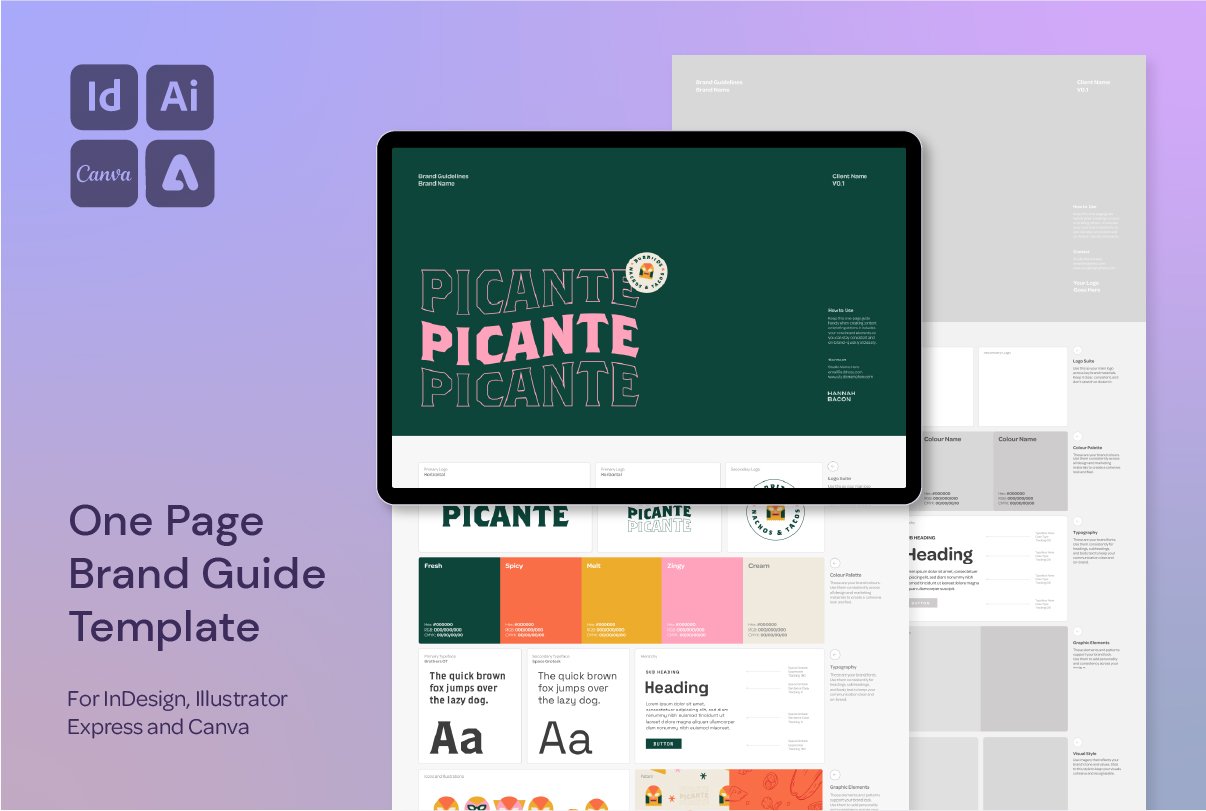How to Create an Overprint Effect in Adobe Illustrator
How to Create a Halftone Overprint Effect in Adobe Illustrator
The overprint effect is one of my favourite ways to bring that vintage, print-inspired vibe into digital artwork. Whether you're designing for merch, packaging, or posters, it adds instant texture and visual interest—without the need for external halftone brushes or Photoshop.
In this tutorial, I’ll show you how to use Illustrator’s pattern libraries, blend modes, and live trace tools to create a flexible, editable overprint effect from scratch.
You can check out this video (and lots more!) over on my Instagram Page @hannah.bacon.design
Step-by-Step: Create an Overprint Effect in Illustrator
What Is an Overprint Effect?
Overprinting mimics the look of ink layers stacking on top of each other in traditional screen or risograph printing. You’ll often see this used to create half tones, color mixing, or slightly misaligned visual textures that give the work depth and authenticity.
1. Set Up Your Halftone Layer
Choose the area where you want the halftone effect (in this case, a lighter red section)
Go to the Swatches Panel → Swatch Libraries Menu → Patterns → Basic Graphics → Lines
2. Apply and Rotate the Pattern
Apply the pattern fill to your halftone shape
Go to Object → Transform → Rotate
Set it to 45°
Make sure to uncheck “Transform Objects” so only the pattern rotates
3. Adjust the Pattern Scale
If the lines feel too wide, go to Object → Transform → Scale
Uncheck “Transform Objects” again and reduce the pattern scale to tighten it
4. Rasterise & Live Trace the Pattern
Once you’re happy with the look, Object → Rasterise the shape
Use Image Trace to convert it into editable vector lines
Tweak the trace settings as needed, then Expand
5. Set the Blend Mode
Open the Transparency Panel
Set the traced halftone shape’s blend mode to Multiply
This creates the visual effect of ink blending where colors overlap
6. Adjust Supporting Colors
To improve legibility, lighten or tweak any colors behind the halftone—for example, changing a background blue to a lighter tone for better contrast
Why This Works
Multiply blend mode mimics traditional ink mixing
Pattern lines offer flexibility before rasterizing
Image trace + expand gives you full vector control
It's easy to tweak, recolor, or reapply later in your workflow
Whether you’re working on digital riso-inspired art or just adding texture to vector illustrations, this technique is quick, clean, and endlessly customizable.
Want More Time-Saving Tools and Freebies?
This process is just one of the techniques I share across my design templates and digital assets, made especially for designers who want professional results—without starting from scratch every time.




